A presentation at Design in Product 2022 in December 2022 in by Catt Small


My 3 jobs are:
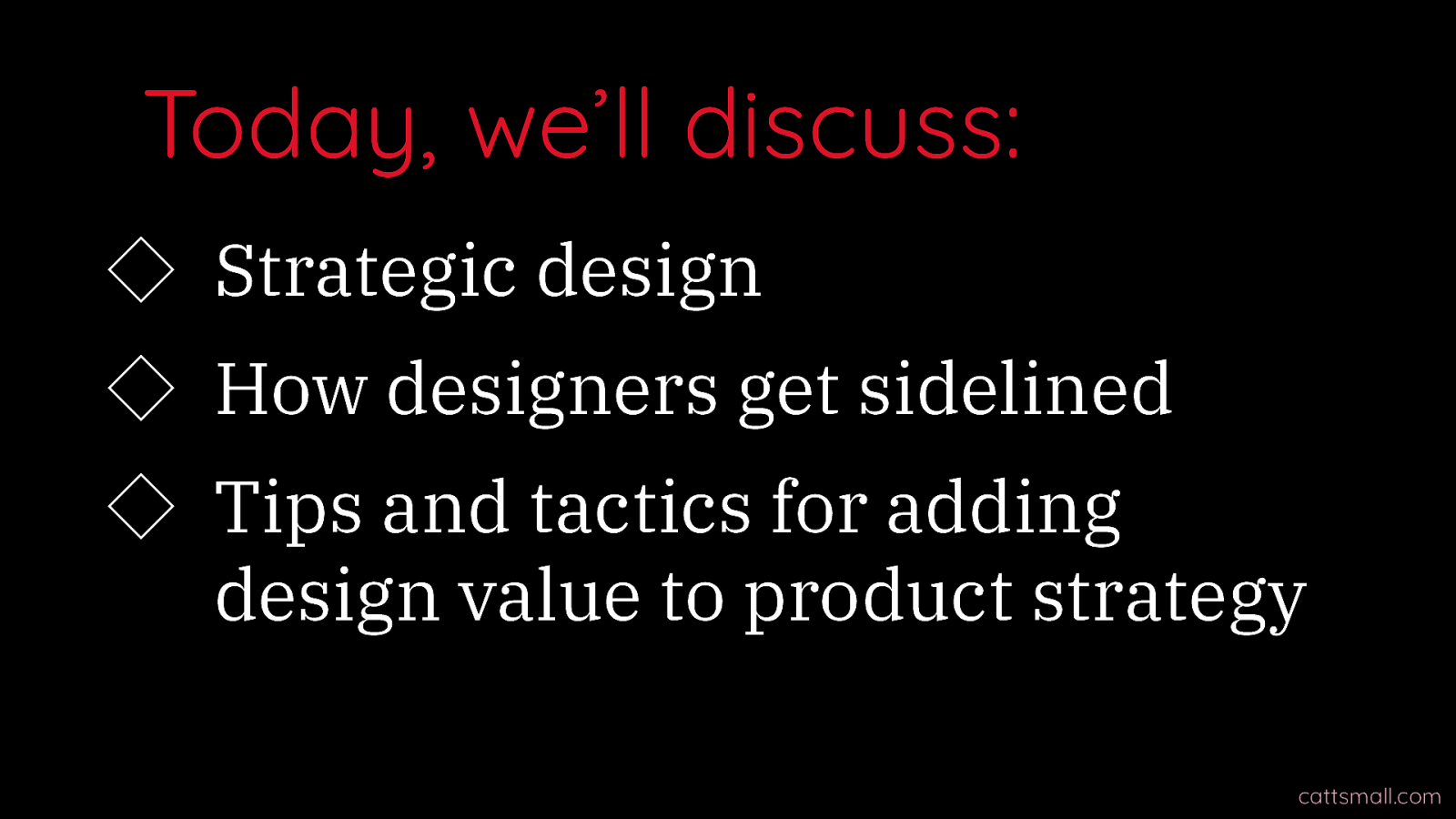
Why strategic design matters, how designers get sidelined and pressured to execute, and tips and tactics for increasing design’s contributions to product strategy. Let’s dig in!

Let’s start with the value prop. Why should we care? Why does having a design-led strategy matter?

A design-led strategy helps you know you’re working on the right projects

It helps you come up with innovative solutions — and determine when it’s better to stick to predictable ones.
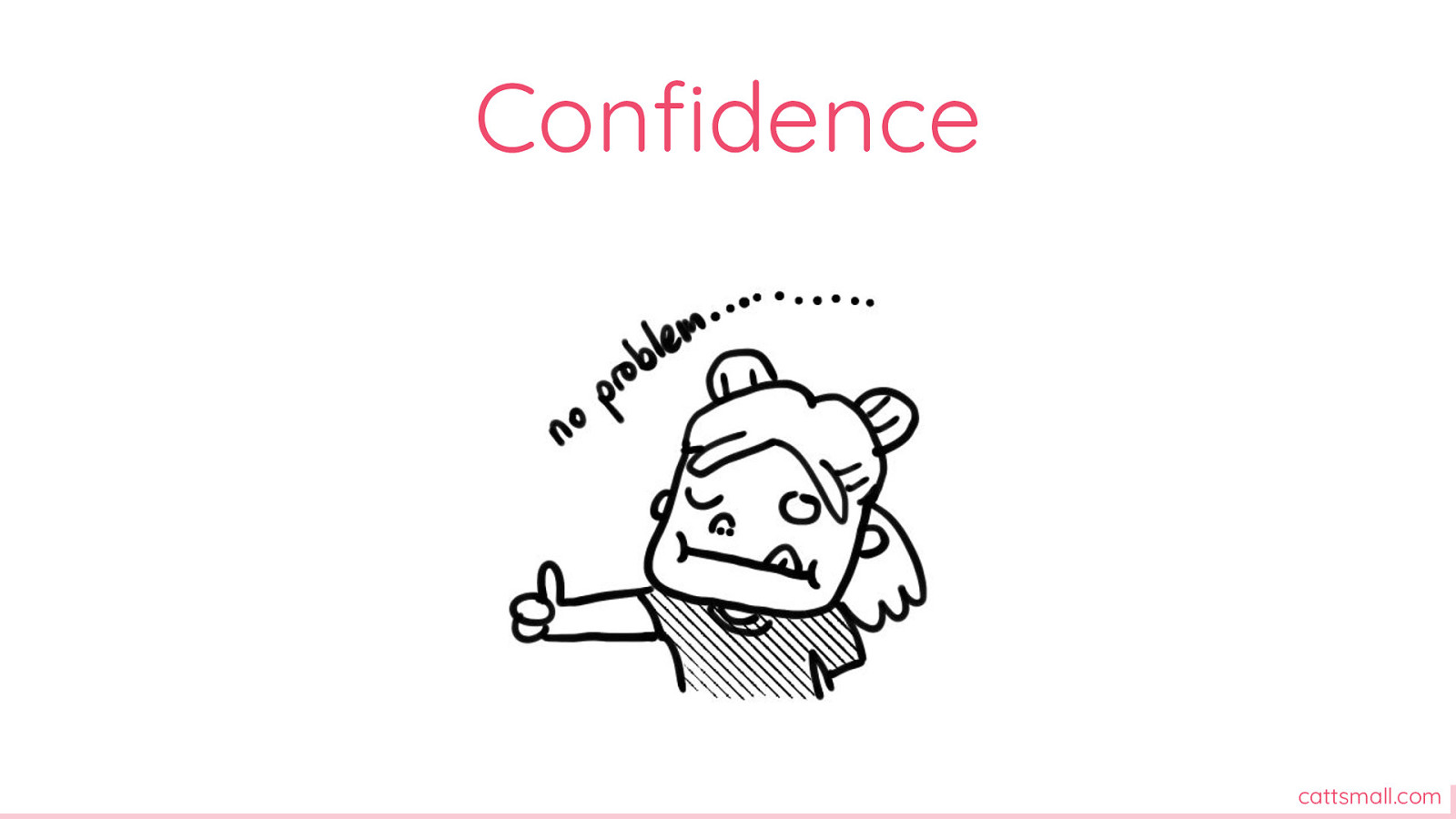
And it gives you confidence, validating that your solution will have the most impact!

But designers often aren’t involved. We had a seat at the table, and it’s been shrinking. We’re getting locked out of crucial product conversations where we could be providing value.

Why is this happening?

Sarrah Vesselov said this very well: “too many companies wait until they think they know the solution to a problem then engage design, like the job of design is making the solution look pretty instead of deeply engaging with the problem itself.”
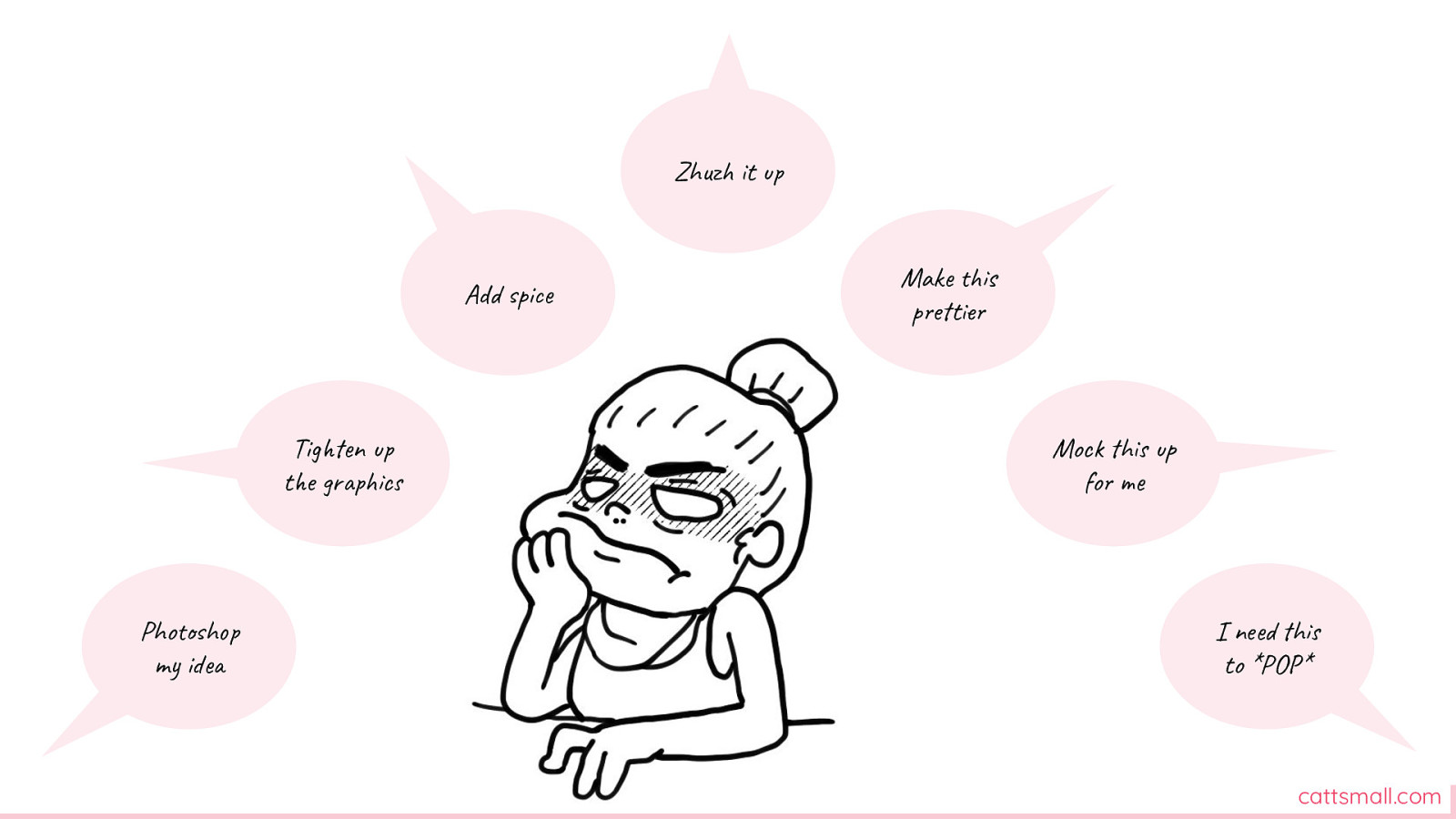
Many don’t understand the value of design beyond aesthetics. Designers get told to mock up ideas and add spice, but are excluded because people don’t think they can contribute value at a more strategic level.

Designers often get pulled in after a way forward has already been determined. This puts designers in the uncomfortable position of slowing things down—or even pushing back on solutions.

That can result in a focus on production that generates worse outcomes for customers.
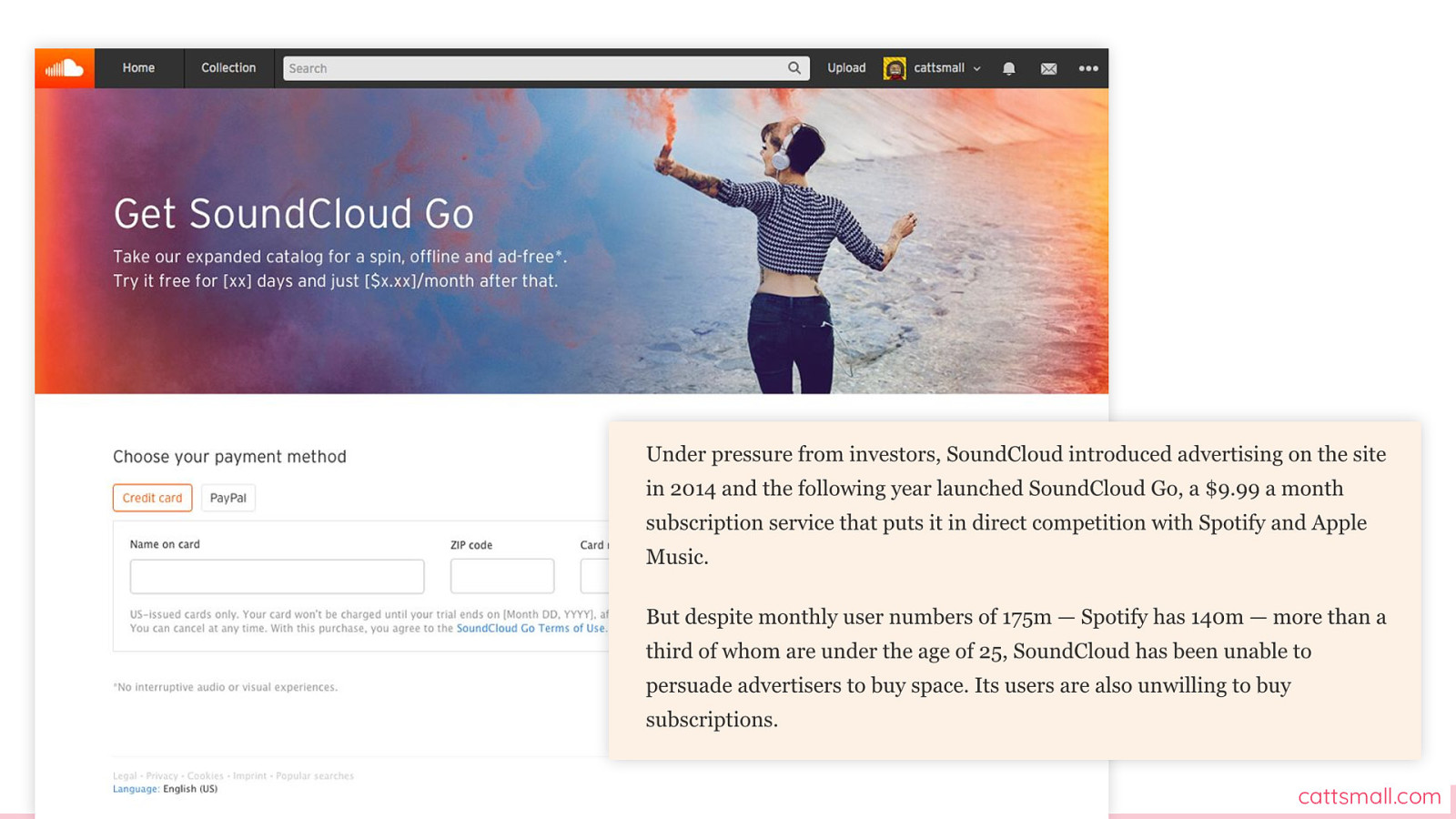
I’ve experienced this personally, most strongly with my experience on the SoundCloud Go launch in 2016. We had strong indication from customer research that a paid subscription service wouldn’t be compelling, but the decision had been made long before Design got involved. Subscription numbers were super low post-launch, which wasn’t a surprise to our team. But unfortunately, it was a surprise for leadership and SoundCloud is still in recovery mode to this day.

And that’s why it’s so important for us to participate. So, let’s discuss how to get more involved! I’m going to share 3 themes of tactics for increasing design-led strategy.

Matt Lemay said this super well in his talk: you don’t get anyone to do anything. Share your goals with your team, ask for them to share their goals with you, and learn how you contribute to the business.

Newer designers also often forget that design occurs within the context of an organization. They think the design process they learned in classes mirrors real life. They don’t know that they can and should be involved in the messy work that is product strategy.

Not sure where to start? Just ask! People love to talk about what matters to them. I’ve learned the most from scheduling a 1:1 with my PM and data analyst to ask them about their goals.
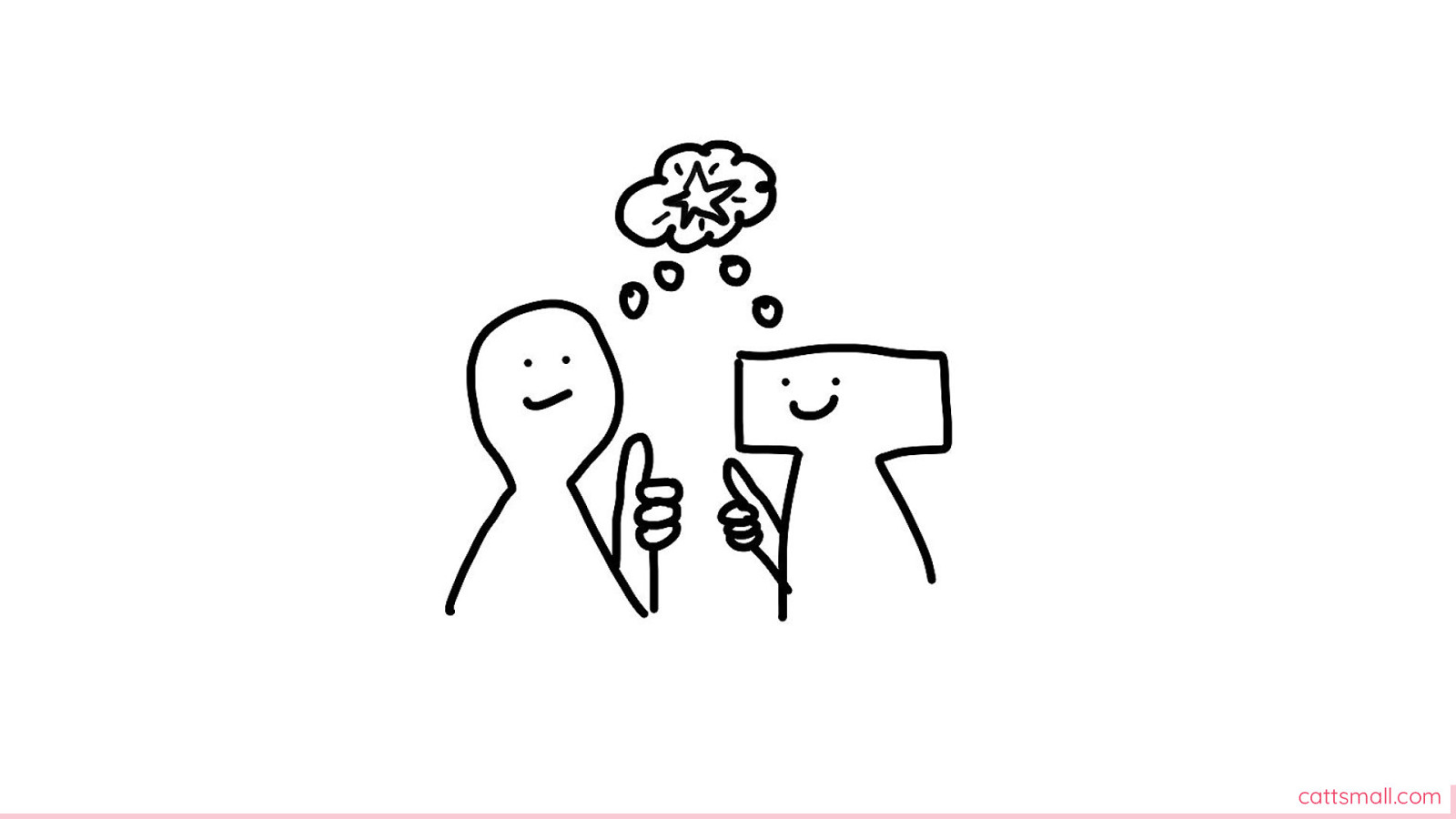
When you focus on the business and how your work fits into it, you’ll unlock a shared language! Learn to frame your endeavors in this language. Tell a compelling story and you’ll get buy-in on your team.

You can also take a class to help you build even more of a vocabulary! Designer Fund has some great classes about business for design, and there are also groups like Coho that cover this topic in depth.

When people understand the value of design at other parts of the process, they concentrate on more than high-fidelity design outputs. How might you help everyone — yourself included — achieve their goals through design? Insert yourself into conversations where design can help (in a non-creepy way). My coach refers to techniques like this as starting a campaign, and they can be very effective!

You can use your newfound strategic knowledge to recognize when you’re missing information and ask for it. This will help you speak for the people who can’t be in the room (even when it’s hard). Tone is really important here – the goal is to be supportive, not indignant! If you put people on the defensive, they won’t be incentivized to include you.

Facilitate quick alignment by volunteering to illustrate concepts people are debating. This is a great way to recognize the implications of backend decisions and how they could impact the frontend.
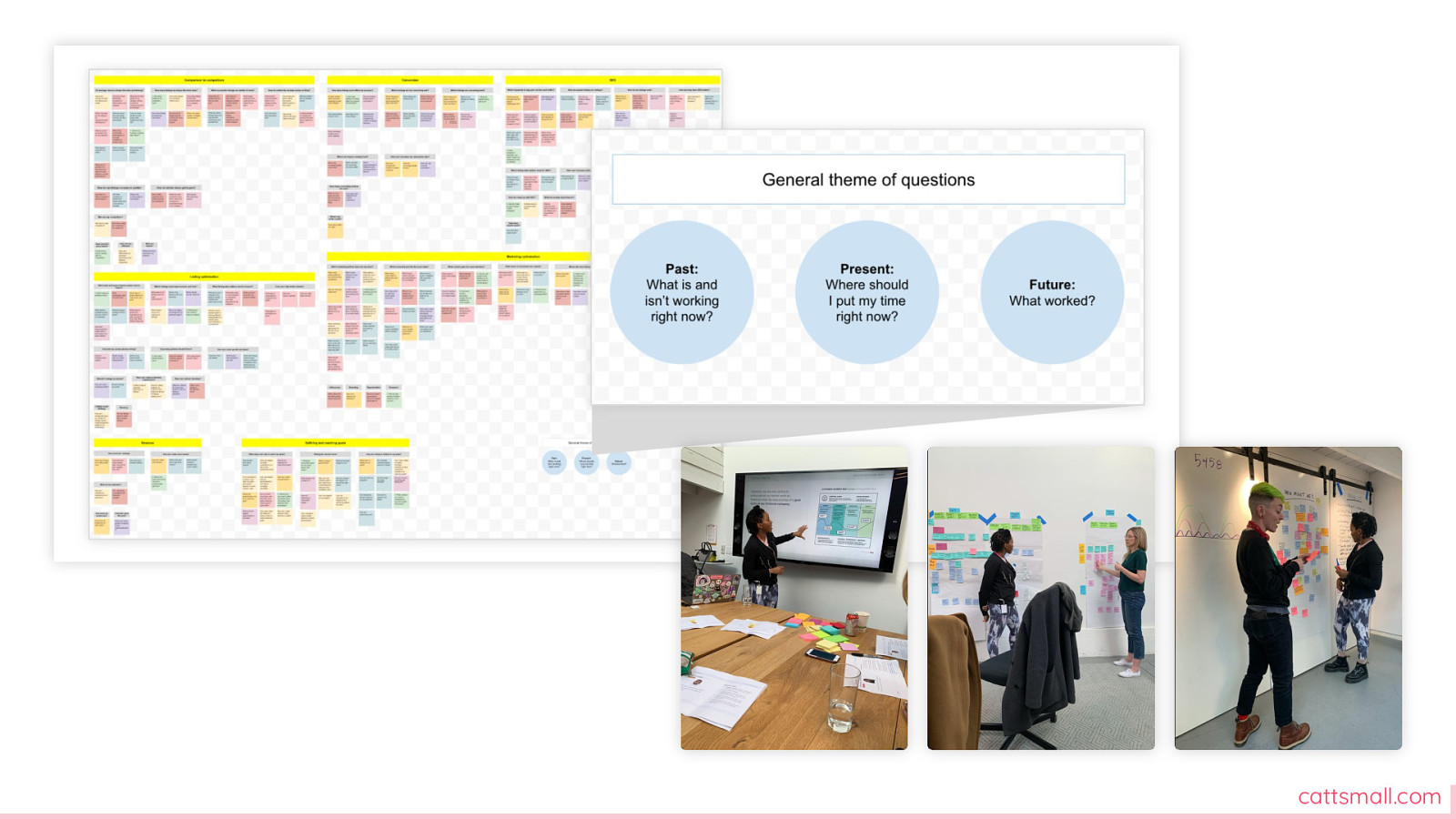
Run workshops to encourage discussions and generate ideas. Designers can facilitate relationships and break down siloes between teams.

Design can help people make decisions. Visualize plans, not just screens! I’ve designed diagrams that were the connecting thread between multiple teams trying to accomplish the same outcomes. You can use your skills to help your team understand the roadmap and prioritize work to make the biggest impact.
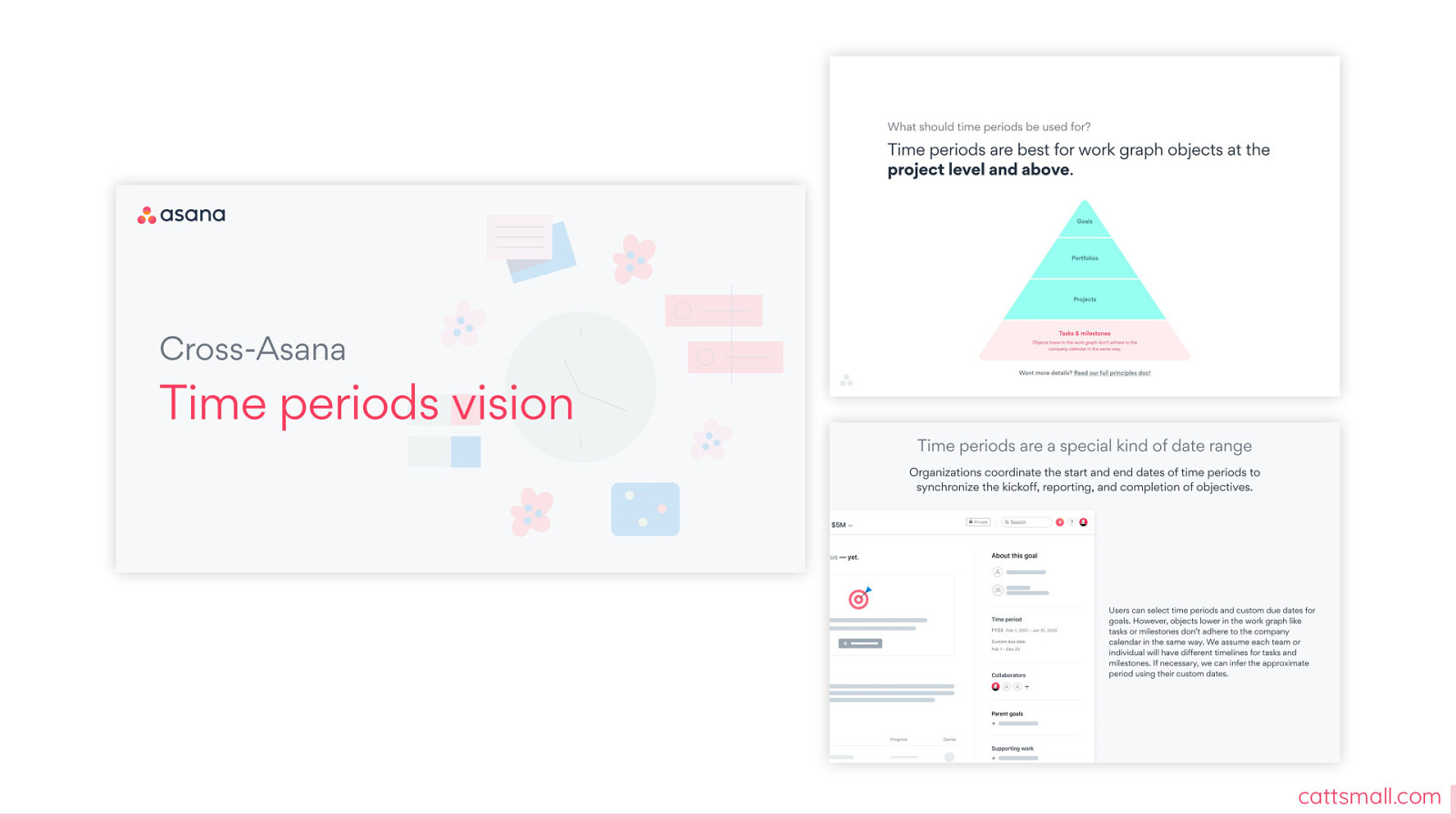
And you can, of course, illustrate the future and build excitement with product visions. Make sure not to make a vision without a reason—product visions should always serve a purpose.

All of this will help show the value of design by speeding up the process and creating clarity.
By the way: if there was a chance to include design, but you weren’t notified beforehand, you can suggest ways to participate in the future.
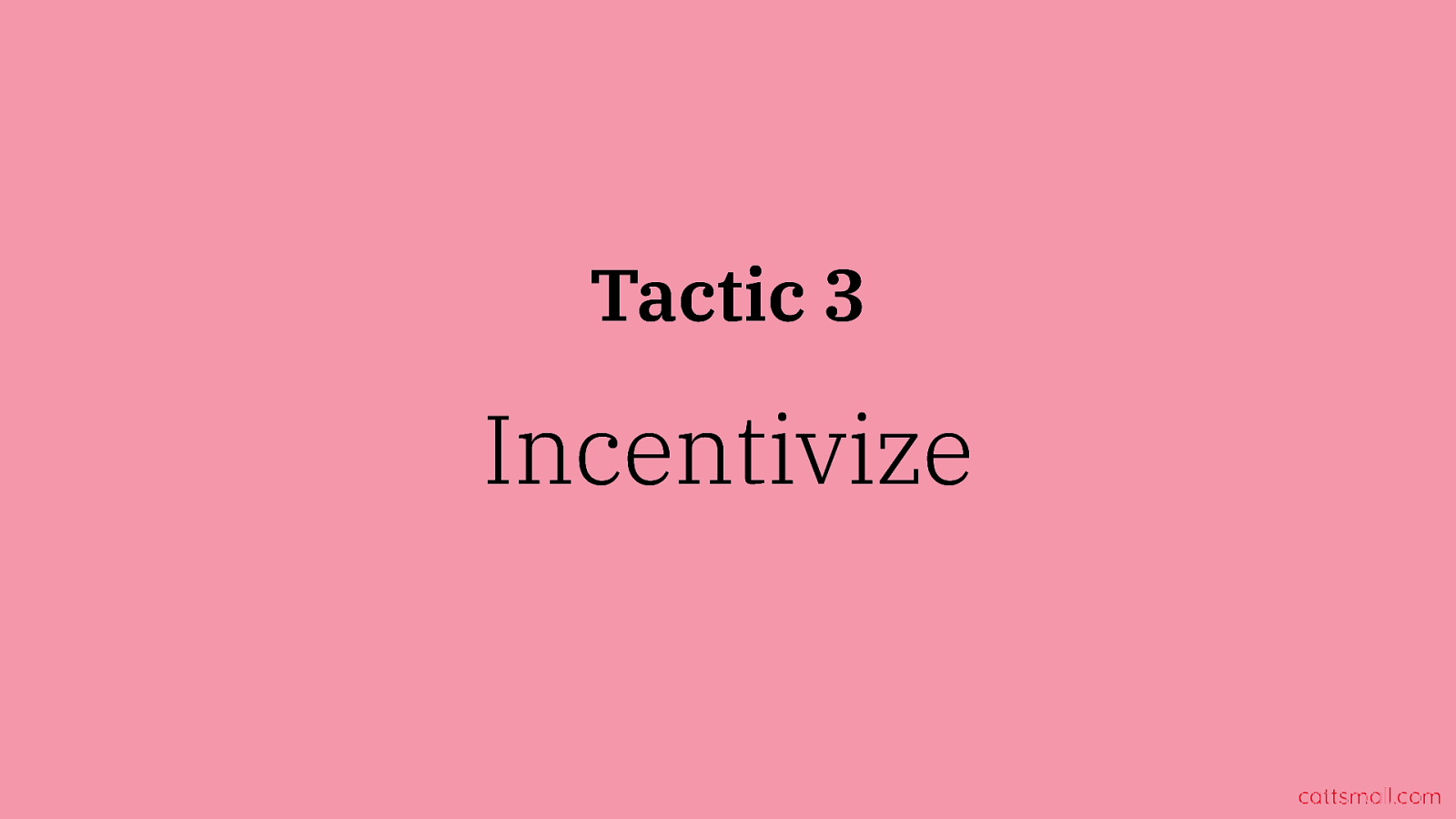
Leaders - Change your incentive structure to reward strategic design. If there aren’t incentives to improve, nothing will get better.

It’s important that this not just be a bottoms-up effort. As Jonathan Lee said, “if there aren’t any leaders in design pushing your priorities, efforts run the risk of being ignored.”

Ask yourself: how can we reflect the need for strategic design thinking in our org systems? One time at All Turtles, I asked a report if they wanted to try mentoring a more junior designer. They asked if that was something the company valued. I realized it wasn’t in the career ladder, so… no!
This happens for all kinds of situations — including the incentivization of aesthetics over strategy. I’ve experienced it myself in the past as an IC. You need to reward people for the behavior you want to see.

And how can Design’s goals and career ladder complement other functions? Can we stop pressuring PMs to ship quickly? Can we require projects of a certain size to be tested at least once with users? Can we build out our design systems so designers can concentrate more on information than looks?
You will have to work with others to make this happen.

When your incentives align with your words, you’ll start to see positive results.

If you’re an IC, I encourage you to learn about your manager and skip-level manager’s goals. How can your goals align with theirs? Can they advocate for you?

And those are my tips! It’s a challenging task to make this kind of change. Some of these tactics may require longer waits than you expect or wish. This is normal and it requires a cultural adjustment. Be kind to yourself and others along the way.

To wrap up: many think design is just aesthetics. To become more strategic, you must help your team see how design contributes to the business. Get involved in an open, curious, and goal-oriented way to see positive change.
Finally at some point, you’ll need leadership to get involved and make systemic adjustments! Otherwise, the changes won’t stick.

Thank you!